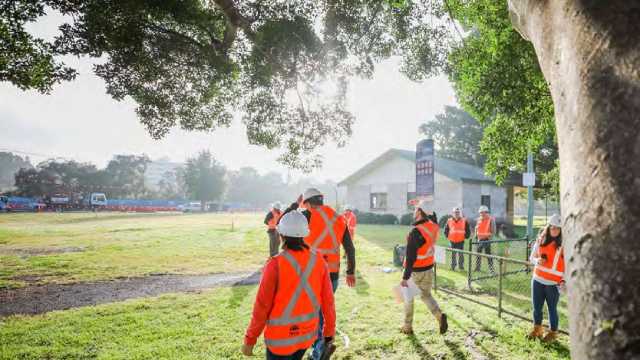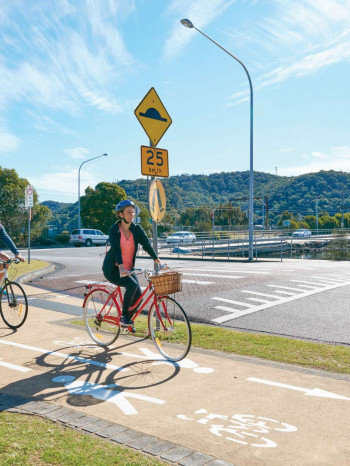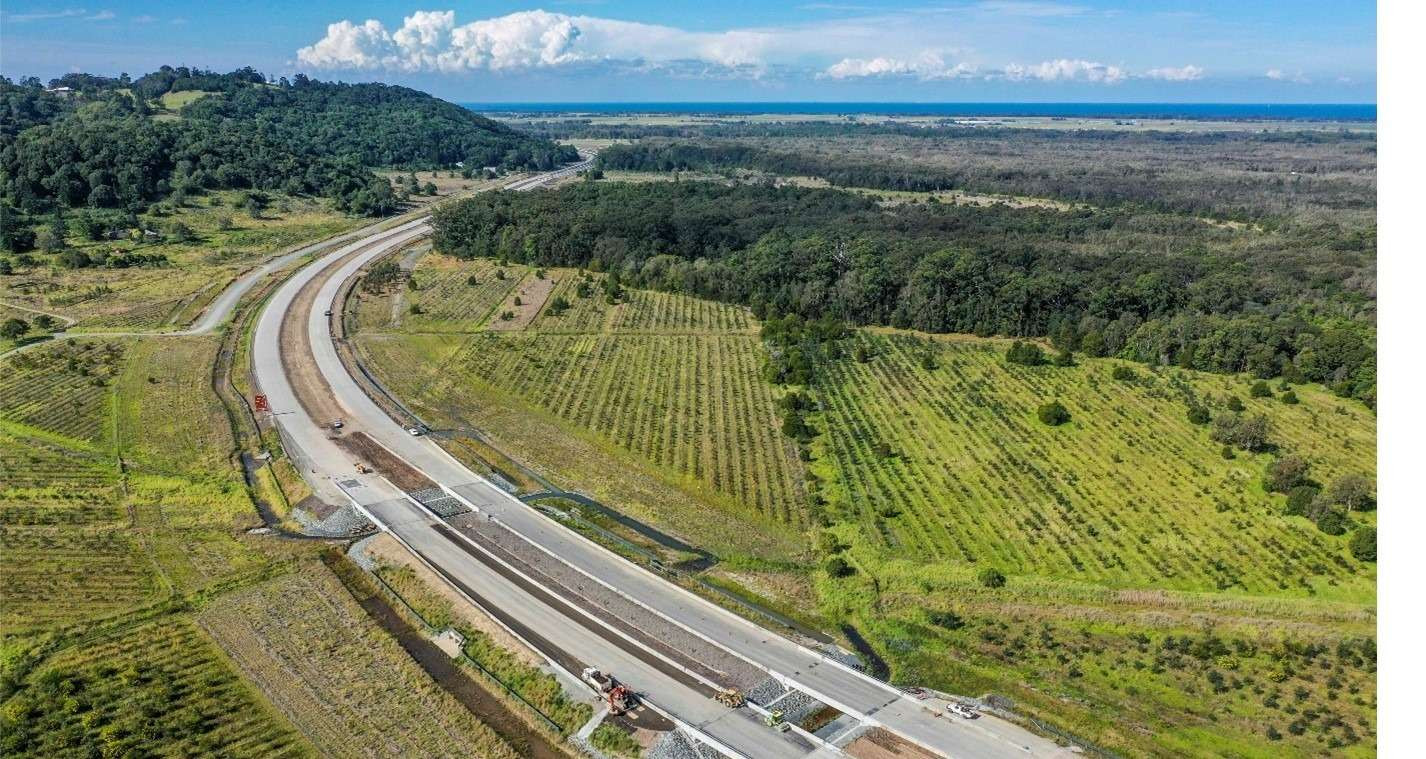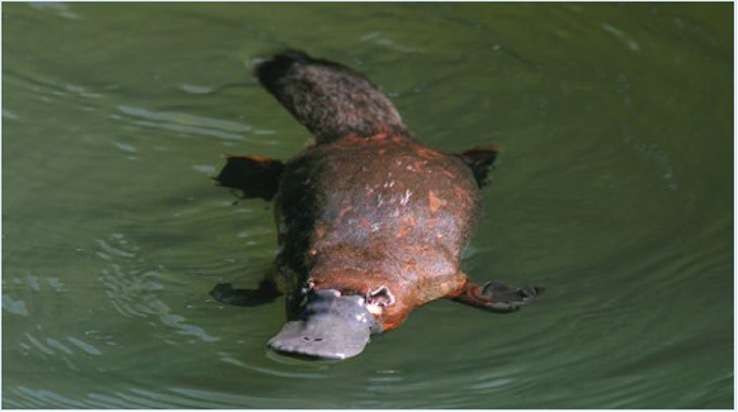

Focus area 4
Procure responsibly
We are committed to leveraging our buying power to drive positive economic, social and environmental outcomes.
Our goals
Go beyond minimum compliance targets in the Aboriginal Procurement Policy
Social and environmental outcomes are included in all relevant procurement decisions
Why it's important
Through our significant procurement spend and the requirements we set for providers, we can increase supply chain sustainability and innovation, boost workforce skills and participation of disadvantaged and diverse communities and businesses and achieve value for money for our assets.
We are committed to fair and ethical procurement that supports the delivery of safe, sustainable and customer-centred transport infrastructure and services. We also have a responsibility to ensure the goods and services procured by or for us are not the product of modern slavery.
Go beyond minimum compliance targets in the Aboriginal Procurement Policy
We value the economic, social and cultural contributions of the Aboriginal and Torres Strait Islander peoples of NSW. Our Aboriginal Participation Strategy aligns closely with the NSW Government’s Aboriginal Procurement Policy and supports key priorities of our Stretch Reconciliation Action Plan (RAP). In delivering the policy, we are committed to allocate one per cent of our total addressable spend and three per cent of total goods and services contracts to Aboriginal-owned businesses.
We maintained our momentum and exceeded both targets in the 2022-23 financial year. We had a direct spend of $135.5 million and entered into 286 contracts with Aboriginal-owned businesses. This means we’ve more than doubled our addressable spend target and secured over four times the target number of contracts set by the NSW Aboriginal Procurement Policy for 2022-23.
Our Aboriginal Participation Strategy plays a key role in delivering our commitments within the Stretch RAP and is key to fostering skills development and economic participation for Aboriginal and Torres Strait Islander peoples. Building on the policy commitments, we will increase our goods and services procured from Aboriginal and Torres Strait Islander businesses by 2.5 per cent each year.
We actively support the sustainable growth of Aboriginal businesses through the Aboriginal Procurement Policy and the Aboriginal Participation Strategy. By enhancing our procurement practices, we not only broaden supplier diversity but also work to remove participation barriers, contributing to the economic prosperity of Aboriginal peoples and communities across NSW.
Social and environmental outcomes are included in all relevant procurement decisions
Every year, we allocate substantial resources to our extensive network of operations and projects, prioritising the integration of social, environmental and economic factors into our procurement decisions. This is crucial to delivering impactful outcomes for the people of NSW.
Our commitment to fair and ethical procurement is actioned through:
- our Transport Procurement Policy which incorporates social and environmental outcomes
- our Modern Slavery Roadmap
- encouraging responsible supply chain improvements.
We aim to enhance local and regional economies by setting supply chain targets to address skill gaps. Collaborating with our delivery partners to align with the Industry Skills Legacy Program, is resulting in improved jobs, skills and workforce diversity.
In the 2021-22 financial year, we set clear targets to tackle skills shortages and enhance workforce participation within the supply chain. We built on this in the 2022-23 financial year, by launching the Social Procurement and Workforce Development program. The program is aimed at establishing baseline contractual requirements for infrastructure projects, emphasising job opportunities, skills development, diversity promotion, and support for business initiatives.
Case studies and highlights
For more on our performance visit:













